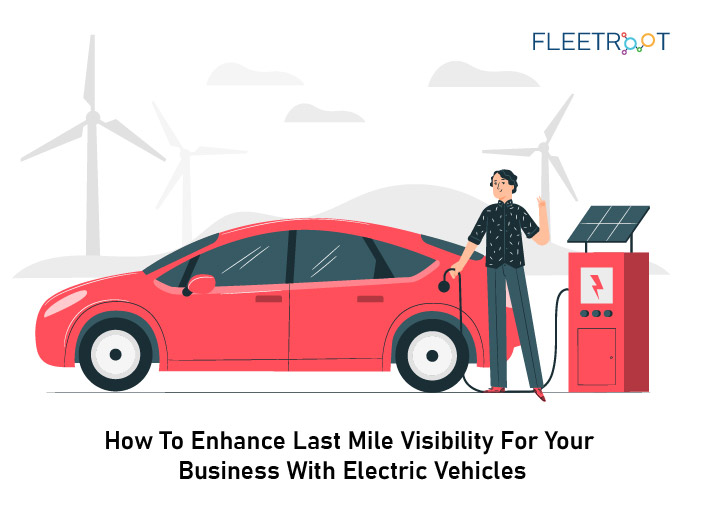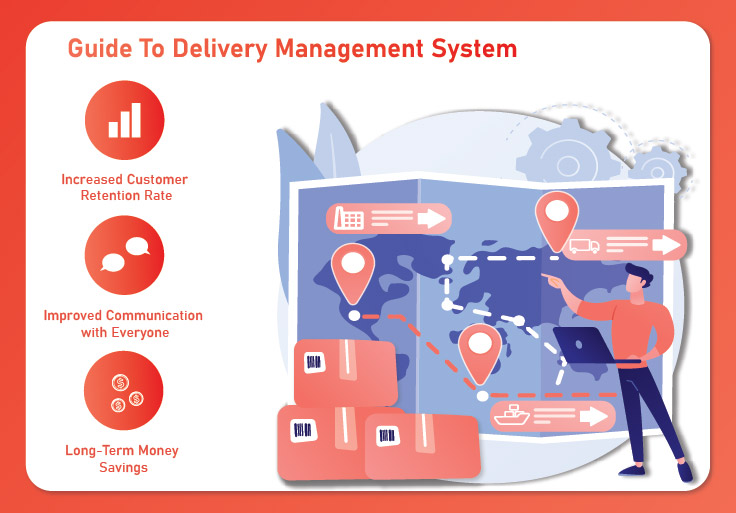For the past few years, there has been enormous growth in the e-commerce industry. However, the COVID-19 pandemic has caused significant transformations in customer buying behaviors and making online shopping the new normal for everyone.
The previous year has also created a massive surge in demand for same-day and two-day deliveries, hyperlocal shopping, and dynamic on-demand services.
There is no denying that convenience is a catalyst for customer satisfaction, more than ever before. With convenience becoming the center of attraction, the demand for efficiency, swift, and consistent last-mile deliveries has increased.
Nevertheless, there has been a sharp rise in the number of last-mile delivery vehicles on the road. It has increased carbon emissions and increased fuel consumption.
With the rising demand for last-mile delivery operations, there would be 36% more delivery vehicles in the top 100 global areas by 2030. If we don’t take any effective measures, it may increase carbon emissions up.
For businesses involved in this race, whether it’s e-commerce, retails, third-party logistics, grocery, and food deliveries, good logistics is vital for success in the marketplace.
Simultaneously, some businesses are committed to the environment for controlling the harmful impacts of logistical activities on the planet and form sustainable supply chains.
Therefore, several enterprises are taking up greener logistics practices to reduce carbon footprint and minimize the environmental effects.
By 2030, Amazon plans to achieve 100% renewable energy, which will be the largest project to date. Along with Rivian Automotive Inc., it intends to include 100000 battery-electric delivery vans for its chief deliveries.
By 2040, Walmart plans to run an entire range of electric vehicles using 100% renewable energy to process zero emissions.
Across the European continent, too, electric delivery vehicles are often sighted on inner-city roads. For example, by the next five years, IKEA aims to have 25% of its last-mile deliveries made by electric vehicles.
Electric Vehicles in the Last-mile: A boon to the environment
The adoption of electric vehicles for last-mile deliveries is possibly one of the sought-after trends to implement eco-friendly logistics. These EVs run on electric motors in combustion engines that use fuel and gases to generate power.
Usually, there are two types of EVs used: All-Electric Vehicles (AEVs) and Plug-in Hybrid Electric Vehicles (PHEVs)
Electric vehicles have become a successful replacement for fuel-consuming automobiles to reduce the harmful effects of global warming, rising pollution, and diminishing natural resources. Other than being an eco-friendly option, these vehicles offer various other business benefits.
Business Benefits of Using Electric Vehicles (EVs)
1.Minimum fuel consumption
The logistics industry depends highly on transportation. That results in extreme quantities of fuel wastage right through the supply chain journey. In 2018, the United States used around nine billion barrels of petroleum, ⅔ of which went towards transportation.
No CNG, diesel, or petrol is needed in a fully electric vehicle, and lesser fuel is necessary even for a hybrid electric vehicle. By using EVs for executing last-mile deliveries, businesses can minimize fuel consumption remarkably.
2.Cost-effective logistics
Logistics and fuel consumption are closely related to each other, so by using electric vehicles for last-mile delivery, you can reduce operating costs along with lower fuel consumption.
Besides, electric vehicles add up to significant cost savings. Also, with technological evolution, switching to an electric delivery vehicle is no longer a massive financial investment, as it was a few years ago.
3.Easy maintenance
EVs are pretty easy to maintain. Just like a mobile phone, you can recharge these vehicles by connecting them to an external supply. Once you recharge them, EVs can offer a mileage of 80 to 100 miles and run up to 12 hours.
As compared to conventional vehicles, EVs have lesser auto parts, such as a radiator, the engine, spark plugs, pistons, fuel pumps, exhaust systems, and cooling systems. It makes vehicle maintenance a lot more convenient.
Electric vehicles only need battery maintenance or replacement once every two years.
Conclusion,
Though the idea of electric vehicles is here for a long time, supply chain enterprises have been highly impressed with it due to its sustainability and efficiency.
But the question is, is it a perfect choice for your business to utilize these vehicles in your last mile operations?
While all types of delivery businesses can easily use electric vehicles for last-mile deliveries, it’s most significant for the enterprises that perform deliveries within a fixed and limited radius.
Businesses have embraced electric vehicles, and it’s unquestionably a worthy investment for the coming years.
Combined with Artificial Intelligence, EVs can optimize routes to accurately carry out daily dispatches while driving lesser distance and enhancing last-mile visibility for your business.
Sign up for Free Demo of Fleetroot Delivery Management System Now




